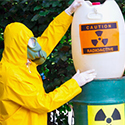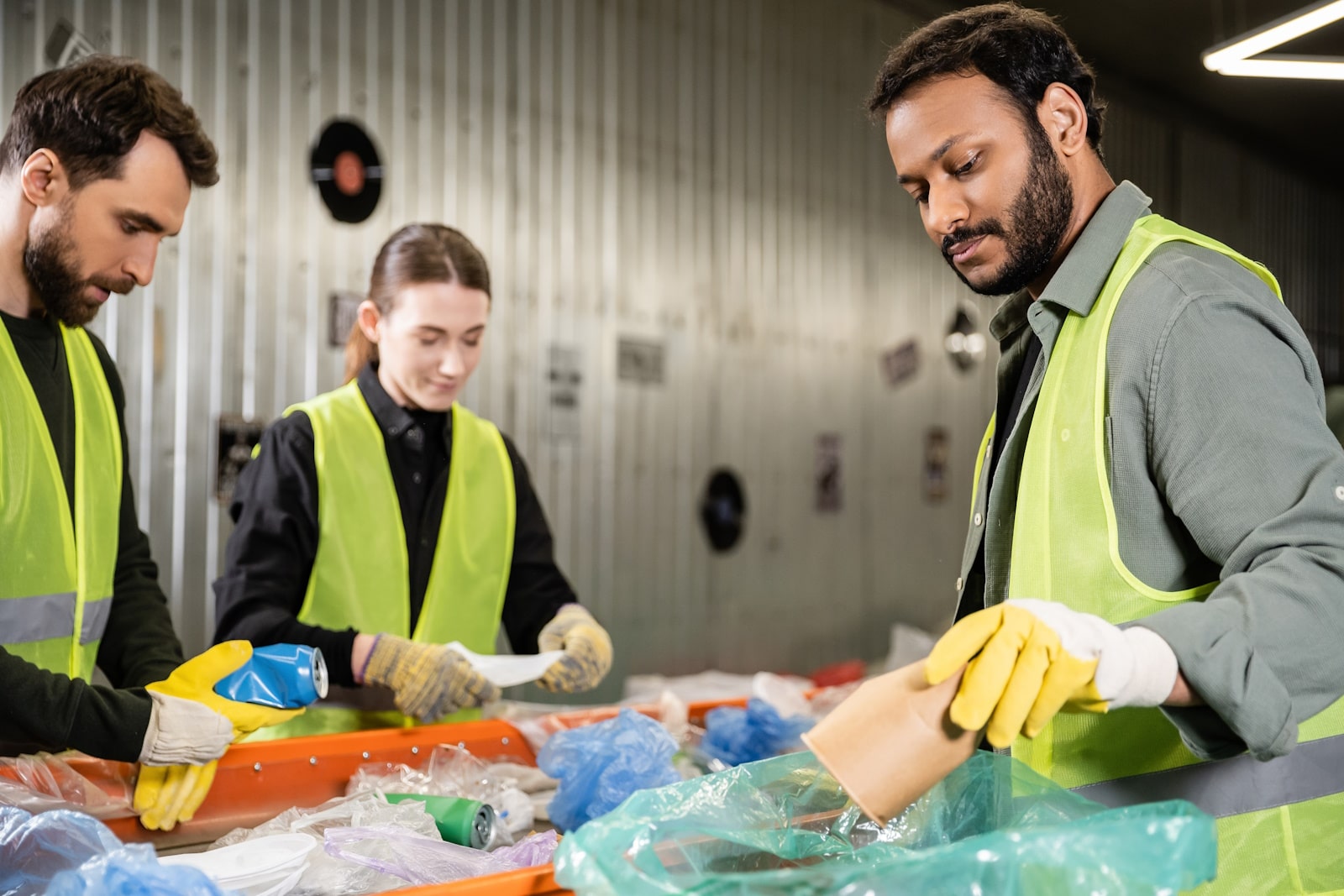Medical Waste Companies: Collection to Disposal
The management of medical waste is an essential, yet often overlooked, aspect of healthcare. Medical waste, generated through medical treatments, procedures, and diagnostic services, can be hazardous to human health and the environment if not disposed of properly. From collection and transportation to final disposal, the lifecycle of medical waste requires strict adherence to regulations, proper handling techniques, and cutting-edge technologies. Medical waste companies play a crucial role in ensuring that this waste is handled in a safe, compliant, and environmentally responsible manner.
In this blog, we’ll delve into the lifecycle of medical waste, outlining the processes involved from its collection to its final disposal. Along the way, we’ll highlight the various technologies used to ensure safe, efficient, and legal disposal, as well as the regulatory frameworks governing these processes in South Africa and beyond.
Waste Collection: Segregating Medical Waste at the Source
The first step in the medical waste lifecycle is collection. This stage is crucial as it determines how effectively the waste will be managed throughout its journey. Proper segregation of medical waste at the point of generation prevents contamination and ensures the correct treatment methods are applied to each waste category.
Medical waste is typically divided into several categories, including infectious waste, sharps (such as needles and scalpels), pharmaceutical waste, and chemical waste. Each category requires specific handling procedures to avoid cross-contamination and to ensure that harmful pathogens are neutralised. Medical waste companies work closely with healthcare providers to educate staff on the importance of waste segregation to protect both the public and the environment.
Improper segregation can result in the contamination of non-hazardous waste with infectious materials, making it difficult to recycle or treat the waste properly. Proper segregation not only helps in reducing health risks but also enhances recycling efforts and supports compliance with regulatory requirements.
Transportation of Medical Waste: Ensuring Safe Handling
Once medical waste is segregated, it must be safely transported to a secure storage or treatment facility. This step is governed by strict regulations, especially when it involves hazardous materials that can pose a risk during transport.
Medical waste companies use specially designed vehicles for the transportation of medical waste. These vehicles are equipped with secure containers to prevent leaks, spills, or exposure during transit. For waste that requires temperature control, such as biological samples or pharmaceutical waste, temperature-sensitive vehicles are used to maintain the necessary conditions throughout transportation.
Regulatory bodies, including South Africa’s Department of Environmental Affairs (DEA), enforce specific safety protocols for the transportation of medical waste. These protocols ensure that medical waste is transported in compliance with health and safety standards, protecting both workers and the public.
Storage of Medical Waste: Temporary Holding Protocols
Before medical waste is treated or disposed of, it must be stored temporarily. This phase is governed by specific guidelines to ensure that waste does not pose a risk to the environment or public health during its holding period.
Medical waste companies typically use secure, compliant storage facilities to store medical waste before it undergoes treatment. These facilities must be designed to prevent leaks, spills, and exposure to pathogens. For example, infectious waste and sharps are stored in sealed, puncture-resistant containers to prevent accidental injuries and contamination.
In South Africa, medical waste storage is regulated by the National Environmental Management: Waste Act (NEMWA), which sets forth rules for safe storage practices. These guidelines require that medical waste be stored in such a way that it is inaccessible to unauthorised individuals and does not pose a risk to the environment.
Waste Treatment Technologies: Sterilisation and Decontamination Methods
The treatment of medical waste is vital to neutralising harmful pathogens and reducing the overall volume of waste. Several treatment methods are employed to ensure that medical waste is rendered safe before disposal.
One of the most common methods is autoclaving, which uses high-pressure steam to sterilise waste. This method is particularly effective for treating infectious waste and sharps. Another method is chemical sterilisation, where chemicals like chlorine or hydrogen peroxide are used to decontaminate the waste. Microwave treatment is also gaining traction as an effective sterilisation method, using microwave energy to destroy pathogens and reduce waste volume.
These methods are crucial in ensuring that medical waste is treated in a manner that minimises risks to health and the environment. Medical waste companies often employ a combination of these technologies, selecting the most suitable treatment method for each type of waste.
Incineration: High-Temperature Disposal of Medical Waste
Incineration remains one of the most widely used methods for disposing of certain types of medical waste, particularly waste that cannot be treated through other means, such as pharmaceutical waste or anatomical waste. During the incineration process, waste is burned at extremely high temperatures, destroying pathogens and reducing the waste to ash.
Although incineration is effective at reducing waste volume, it does come with environmental concerns. The high temperatures involved in the incineration process can produce harmful emissions, such as dioxins and furans, which are potent environmental pollutants. However, modern incineration facilities are equipped with air pollution control systems to minimise the release of these harmful substances.
Despite its environmental impact, incineration remains an important part of medical waste management due to its efficiency and effectiveness in handling certain types of hazardous waste.
Recycling and Waste-to-Energy: Reclaiming Value from Medical Waste
As the world becomes more environmentally conscious, efforts are being made to recycle certain types of medical waste and explore waste-to-energy (WtE) technologies. Recycling involves the reuse of materials such as plastics and metals after they have been sterilised, reducing the amount of waste that ends up in landfills.
Waste-to-energy technologies convert non-recyclable medical waste into usable energy. These technologies, such as plasma gasification and refuse-derived fuel, are becoming increasingly popular in medical waste management. Not only do they help reduce landfill waste, but they also generate energy, offering a sustainable solution to managing medical waste.
Medical waste companies are exploring ways to increase the proportion of medical waste that can be recycled or converted into energy, reducing their environmental footprint and contributing to a circular economy.
Compliance with Regulations: Ensuring Legal Disposal of Medical Waste
Compliance with local, national, and international regulations is essential to ensure the safe disposal of medical waste. In South Africa, the National Environmental Management: Waste Act (NEMWA) provides the regulatory framework for managing medical waste, including its treatment, storage, and disposal. Medical waste companies must adhere to these regulations to avoid penalties and protect public health.
Internationally, organisations such as the World Health Organisation (WHO) and the Environmental Protection Agency (EPA) have developed guidelines to assist countries in establishing proper waste management protocols. These guidelines help ensure that medical waste is handled in a safe, legal, and environmentally responsible manner.
Final Disposal and Environmental Impact: Minimising Harm
The final disposal of medical waste is the culmination of the entire lifecycle. The goal of proper disposal is to minimise the environmental impact and ensure that the waste does not pose any further risks to human health.
Medical waste companies are increasingly focused on minimising the environmental impact of their operations. By adopting more sustainable treatment methods, such as waste-to-energy technologies, and improving recycling efforts, these companies are reducing the amount of waste that ends up in landfills or incinerators.
Conclusion
The lifecycle of medical waste is complex and requires careful planning, regulation, and execution to ensure that waste is managed in a safe, legal, and environmentally responsible manner. Medical waste companies play a vital role in managing this waste from collection to final disposal, ensuring public health is protected and the environment is preserved.
If your healthcare facility or institution requires professional medical waste management services, we invite you to contact A-Thermal. We provide comprehensive, compliant, and sustainable medical waste solutions, tailored to your needs.







